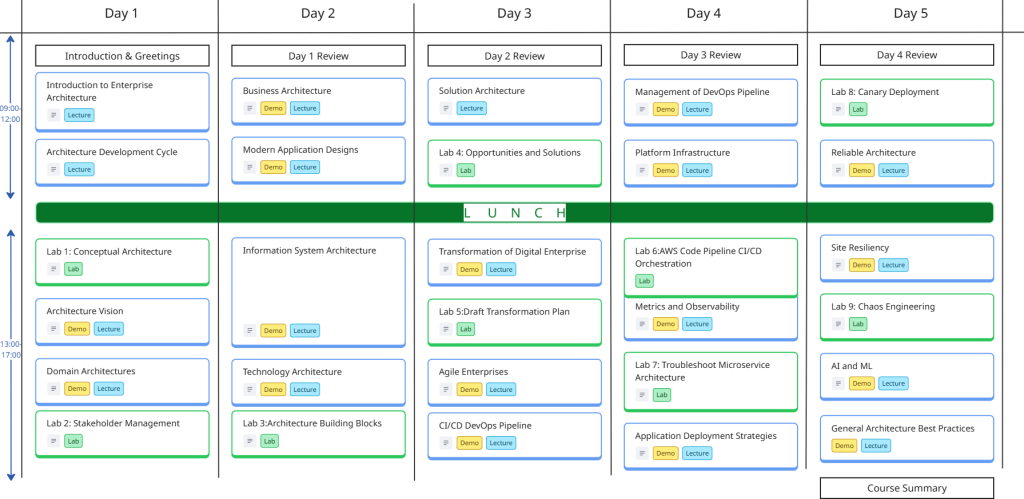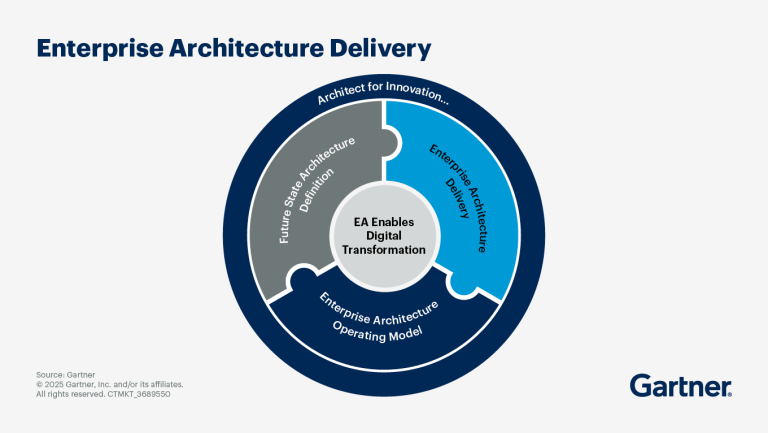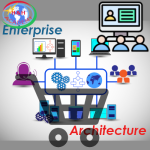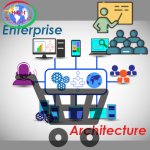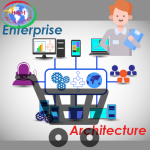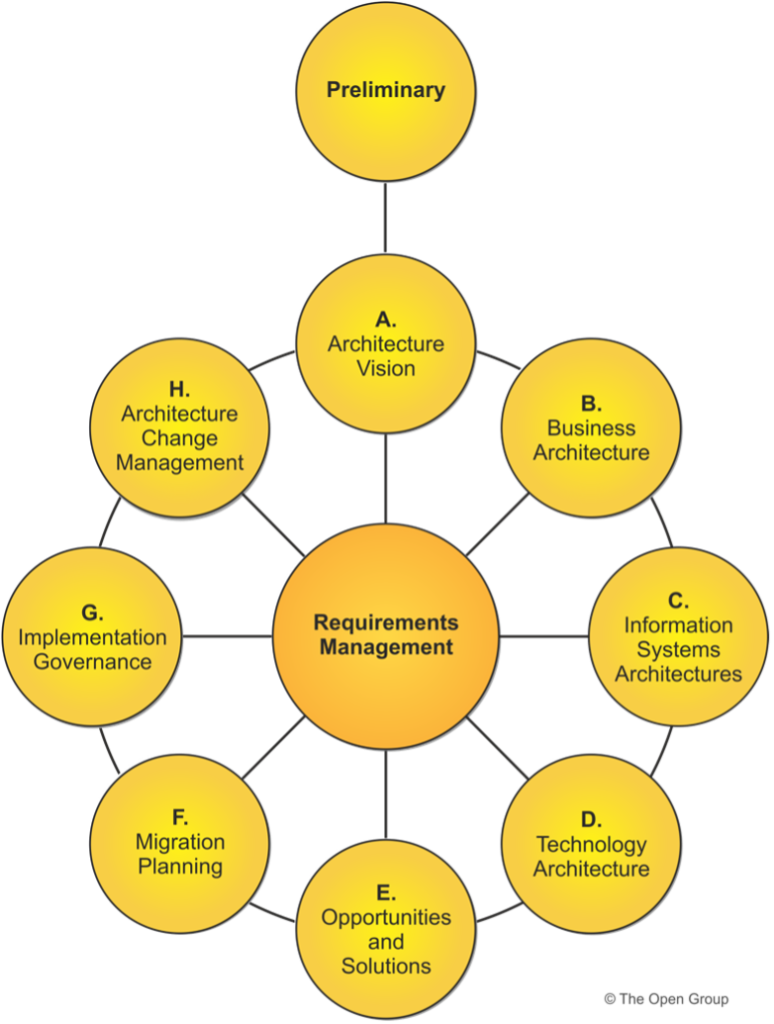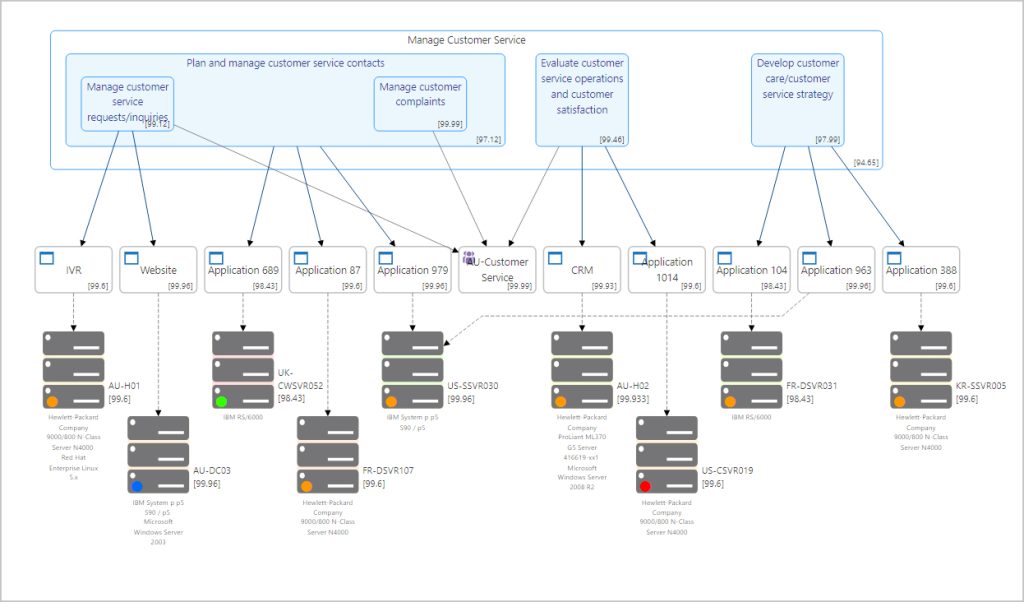Practitioner Enterprise-Solution Architect
 Practitioner Enterprise Solution Architecture
Practitioner Enterprise Solution Architecturefor ArchitectsDevelop architecture through comprehensive proven architecture development methodology
 Practical Hands on Labs.
Practical Hands on Labs.Many labs with hands on experience; practicing real challenging exercises
independently and supervised by your professional trainer Earn your recognition
Earn your recognitionBe part of the professional world, standout for your proven knowledge and skills
 Live Demos! .
Live Demos! .With visual view of how the concepts can be realized using live data
and live practices by the instructor.
Thanks to the training Kata where the instructor leads and students
follow instructions step by step

HAH-10109
Practical Enterprise-Solution Architecture is the midway bridge between conceptual viewing of a soclution to a complete practical concrete implementation using real products and services that are adopted by the industry best practices.
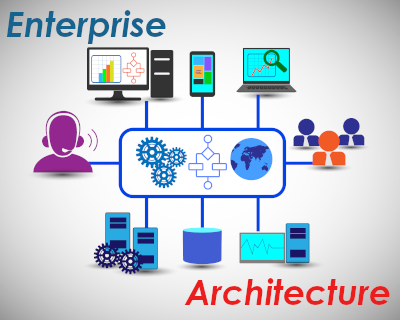
Overivew
Throughout this course, students will learn the journey between startof initial strategic idea and vision into realistic practical value genrated solution.
Students throughout this practical course, is more of hands-on experience to practice how to model a conceptual vision, all the way through real implementation in data centers and business capabilities to enable the enterprise accomplish its mission.
This course material, is based on TOGAF 10 Enterprise Architecture Framework, AWS Solution Architecture best practices, and DevOps Institute for DevOps best practices.
Prerequisites
Knowledge
Students to this class are expected to have:
- Good understanding Business Analysis is preferrable
- Good understanding of business vertical on specific industry
- Basic skills of structuring information, gather information, and facilitating workshops
- Basic understanding of computer operations skills :such as managing files, and browsing through applications
Technology
Depending on the delivery method of this course, the students should have :
- A Workstation with Internet browser capability such as (Chrome, Edge, or Safari)
- Good persistent internet connection without blocking firewalls(ideally non corporate firewall protected workstations)
The Labs
Labs are provided throughout the course
Labs covered in this course:
- Lab 1: Conceptual Architecture
- Lab 2: Stakeholder Management
- Lab 3: Architecture Building Blocks ABBs
- Lab 4: Opportunities and Solutions
- Lab 5: Draft Transformation Plan
- Lab 6: AWS Code Pipeline CI/CD Orchestration
- Lab 7: Troubleshoot Microservices
- Lab 8: Canary Deployment
- Lab 9: Chaos Engineering
Objectives
By the end of the course, students should be able to
-
Understand Architecture domains role and responsibilities
-
Identify and describe the techniques for effective stakeholder management
-
Describe the different Modeling languages for various domains
-
Implement Reliable, Resilient Platform for sites
-
Manage and operate effective sites and raise stakeholder's satisfaction
Audience
This course is designed to assist and equip the students with the skills and knowledge at the development hands on level, that allow them to perfect their daily tasks with respect to develop enterprise scale architecture with proven industry record of enterprise architecture these are examples of the beneficiary audiences of the course.
- Enterprise Architects: Help the Enterprise Architects to define the scope of development and identify the tasks required to other domain architects
- Business Architects: Be able to use stakeholder management techniques as first line of interaction with the stakeholders, gain familiarity with various business modeling techniques
- Application and Data Architects: Understand the different architecture styles with purpose, and model solutions to automate business services
- Solution Architects: Translate the architecture business building blocks into tangable realized solutions in real world.
- Project Managers and Scrum Masters: Manage and govern complex enterprise scale architecture development lifecycles
- Software Developers: Best fit Enterprise and Solution Architecture into production lines and CI/CD pipelines without compromising the alignment with corporate principles and guidelines
- Operations Engineers: Measure and Monitor and effictively understand the resiliency requirements and response to the customer feedback
Timeline
The Practitioner Enterprise Solution Architect Course is a 5 days course, includes lectures, demos, and workshops.
The following is guidelines for the instructor to organize the time pace with the students, subject to change based on students preference.
Breaks during the day follows the 106 rule, every 45-60m
*the 106 rule, indicates the human memory capacity to learn the new factual elements which is 106 facts before the memory could be reused.
Course Curriculum
Module 1: Introduction to Enterprise Architecture
- Corporate Strategic Plan
- Mission and Values
- Enterprise Architecture Role
- Architecture key roles and functions
- Development Lifecycle of Business Capability (TOGAF ADM)
- Governance Frameworks
- Capability Maturity Model Integration (CMMI)
Module 2: Architecture Development Cycle
- The 10 Phases of Architecture Development Method
- Architecture Principles
- Architecture Standards and Best Practices
- Reference Architectures
- Risk Management
- Success Criteria and SMART Objectives
- Architecture Governance
- Architecture Change Management
- Iteration and Responsivenes of the Architecture
Module 3: Architecture Vision
- Stakeholders Management
- Requirements Management
- Functional Requirements
- Non-Functional Requirements
- Stakeholder’s Management Techniques
- Conceptualize Target Architecture
- Prepositions and KPIs
- Strategizing the roadmaps
- Baseline Capability Maturity Assessment
- Governance Model
- Risks and Value Preposition
- Business Case
Module 4: Domain Architectures
- Roles, Responsibilities, and deliverables
- Architecture Building Blocks
- Business Architecture
- Business Driven Architectures
- Alignment strategies
- stakeholder reviews
- Modeling Business Architecture
- Application Architecture
- Service based Architecture
- Application Architecture Styles
- Application Design Patterns
- Application Development Languages
- Application Design Tools and Metamodels
- Data Architecture
- Conceptualize Data Models
- Data Modeling Techniques
- Technology Architecture
- Conceptual Technology Platform services
- Technology Layout diagram
- Conceptual Technology Building Blocks
- Security Architectur
- Security Principles
- OWASP and Mitre ATT&CK
- Measuring Security
- Information Security
- Disaster Recovery (DR)
- Business Continuity (BC)
- Vertical Industry Architecture
- Specialized domain architecture (ex. Health care)
- Reference Architecture
- Subject Matter Expert
Module 5: The Business Architecture
- Stakeholder Techniques
- Workshops
- Brainstorming
- surverys
- TAC meetings
- Business Modeling
- UML-Use Cases
- BPMN Business Process Model Notation
- ArchiMate
- Others
- Business Practice Security & Safety
Module 6: Modern Application Designs
- Evolution of Application Architectures styles
- Dumb Terminal
- Client/Server – Thick Model
- Web Application – Thin Model (Web 2.0)
- Smart Mobile App
- IoT Internet of Things
- Microservices Architecture
- Business Case: Modern ERP Reference Model
Module 7: Information Systems Architecture
- Application vs. Data Driven Design
- Systems of Records vs Systems of Engagement/Innovation
- Application Architecture
- Service Oriented Architecture (SOA)
- Microservice Architecture (MSA)
- Application Design Modeling (UML)
- Application Architecture Patterns (MVC, Core JEE, GoF)
- Application Governance Model
- 12 Factor Applications
- Data Architecture
- Data quality standards
- Data Protection and Security
- Data Migration
- Data Management
- Data Governance
- Data Architecture Modeling
- Data Flow Diagrams (DFD)
- Entity Relation Diagram (ERD)
Module 8: Technology Architecture
- Technology Services
- Reference Models
- Cloud Native Architectures
- Infrastructure As Code IaC
- Hybrid Clouds
Module 9: Solution Architecture
- Roles and Responsibilities of the Solution Architect
- Option for Solutions
- Trade-offs and Opportunities
- Guiding Principles
- Constraints
- Solutions Quality Criteria
- Defining QoS (ties)
- Roadmap with Work packages
- Strategies for roadmaping
Module 10: Tranformation of Digital Enterprise
- Break down work packages
- Identify Dependencies
- Validation of Risks and Mitigations
- Validate Constraints
- Draft Transformation Plan
Module 11: Agile Enterprise
- Agility of the enterprise
- LEAN Management
- ITSM Library
- DevOps and CI/CD
- Architecture Change Management
- Project Plan vs. Sprints
Module 12: CI/CD DevOps Pipeline
- The 5 Tenets of DevOps
- DevSecOps pipelines
- Centralized Repository
- Site Reliability Engineering (SRE)
- Adopting DevOps
- Measuring DevOps Platforms
- DevOps Governance
- DevOps Best Practices
Module 13: Management of DevOps Pieplines
- Central Repository
- Requirement Gathering
- Software Design
- Software code & Test
- Package Release
- Package Deploy
- Site Operation
- Waterfall vs. Agile Scrum
- CI/CD Toolchain
Module 14: Platform Infrastructure
- Cloud Options
- On-premise Virtualized Environment
- Cloud Native
- Hybrid Cloud
- the 7 R’s of Migration Strategies
- Infrastructure Automation (IaC)
- Serverless Services
- Containerized Applications
- Docker
- Kubernetes
- Comparision Virtualization, Containerized, and Physical
Module 15: Metrics and Observability
- The Pillars of Monitoring (MELT)
- Defining Quality of Service QoS
- Service Level Agreement SLA
- Service Level Objectives and Service Level Indicators SLO/SLI
- Defining and Implementing Observability
- Logs
- Traces
- Root Cause Analysis RCA
- Options to collect metrics
- Monitoring metrics and Alerts
- Dashboards
Module 16: Application Deployment Strategies
- Shif and Replace
- A/B Testing
- Canary Deployment
- Blue/Green Deployment
- Rolling back strategies
- Change failure rate
Module 17: Architecture Reliability
- The MTTx Metrics
- Defining Architectre High Availability
- Site Failover
- High Availability patterns
- Challenge of Scale
- Global Infrastructure
- Serverless services
Module 18: Site Resiliency
- Unbreakable site
- Anti-fragility
- Resilient site
- Recovery Point Objectives (RPO) / Recovery Time Objectives (RTO)
- Chaos Engineering
Module 19: AI/ML
- Overview of AI and ML
- Traditional AI
- Types of AI/ML
- Application of DataOps, MLOps, and AIOps
- Machinge Learning development pipeline
- Data Science
- Model Training
- Generative AI
- Agentic AI
Module 20: General topics about Solution Architectures
- Case Study: Cathy Pacific Airlines
- Case Study: Health Insurance BC
- Case Study: Gift Card BC Ferries
- Case Study: Justice for Ministry of Attorney General in BC
- Case Study: Teck Resources – Vancouver BC
Calendar
Scroll through the months, and chose the right schedule for you, send us a standard request form register


